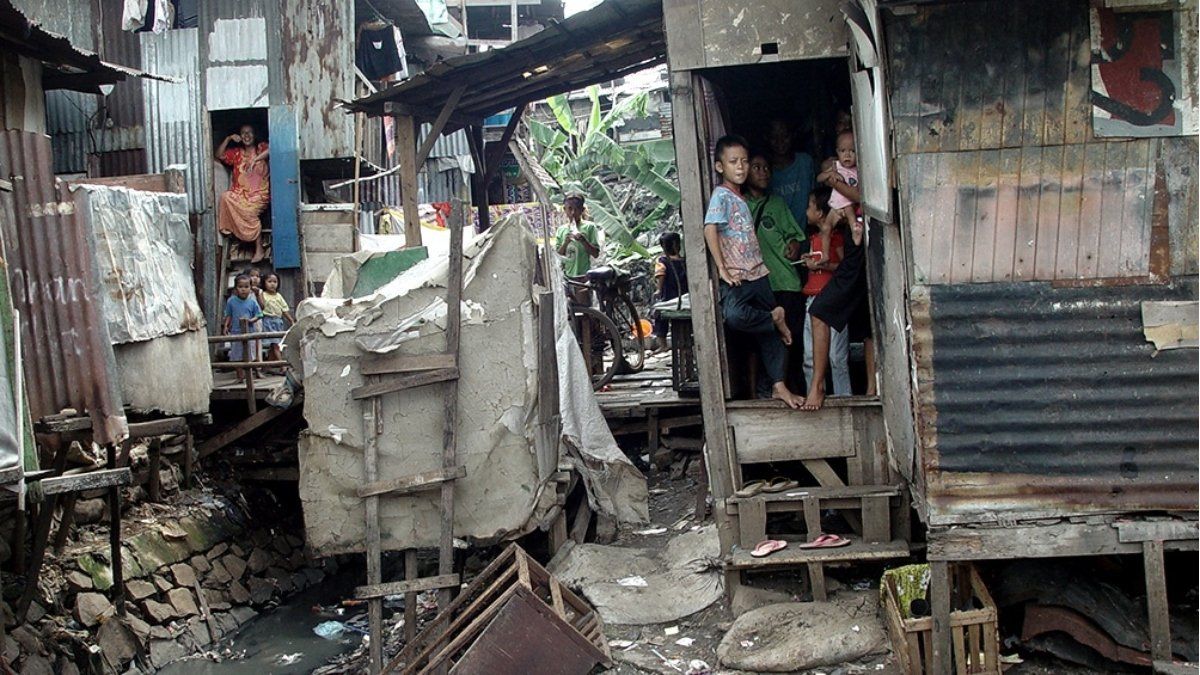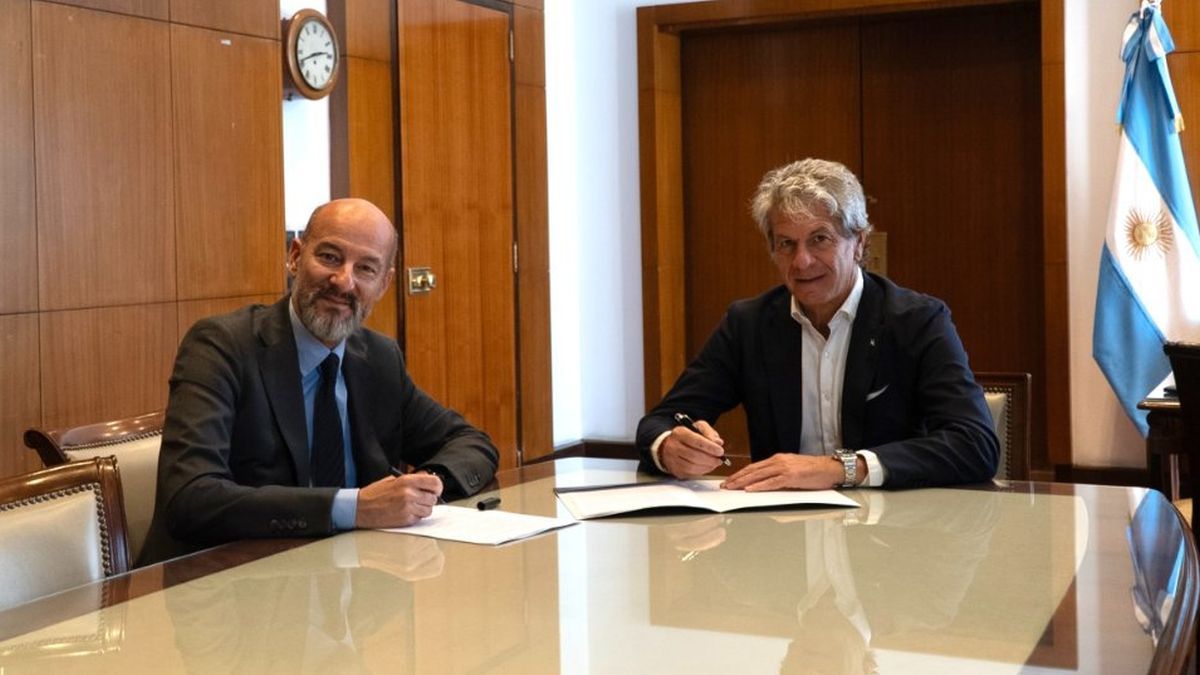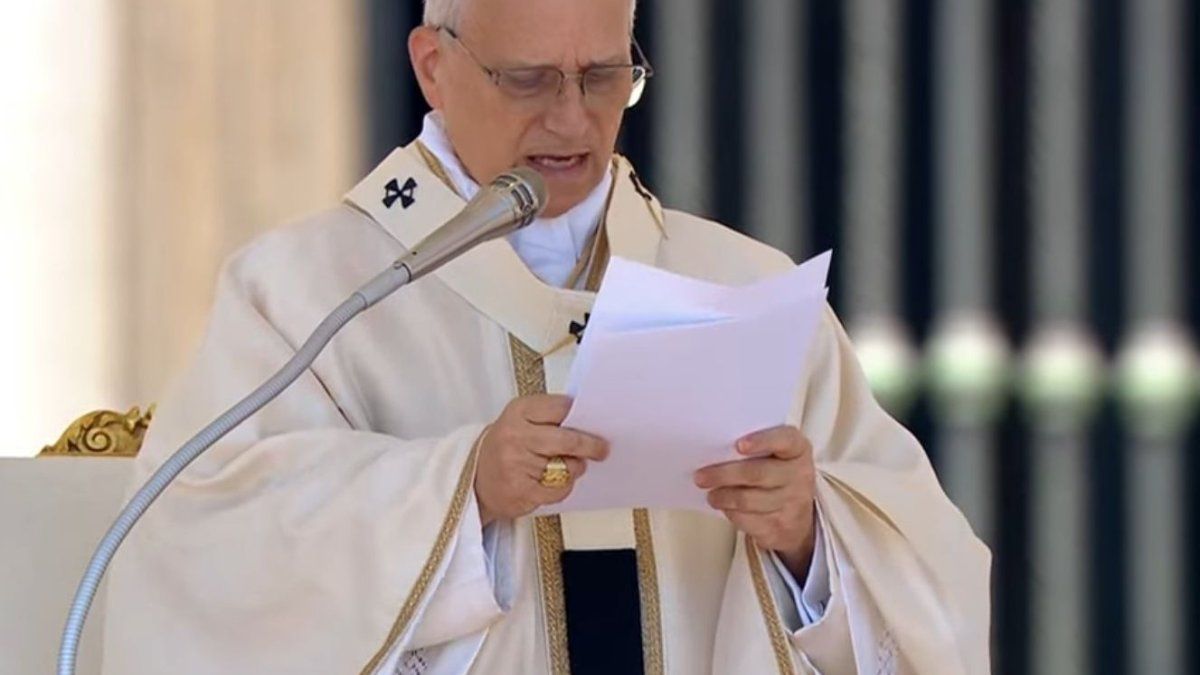On the other hand, one factor to take into account is that As of 2019, during the government of Jair Bolsonaro, there was an cessation of public low-income housing policies. This led to many families ending up living in tents on viaducts or on the sidewalks of large cities.
Between 2012 and 2022, Population growth was 11 percent, while the segment of homeless people advanced 211%.
The southeast region, which concentrates the large cities of São Paulo, Rio de Janeiro and Belo Horizontehas more than half of the population living on the streets of Brazil, about 151,000 people. While in the north, in the Amazon region, where more than 25 million inhabitants live, the population living on the streets went from four years to 8,000 to 18,000 people.
Measures to reverse the situation of homeless people
Based on this problem and the growing number of people living on the streets, the current president, Luiz Inácio Lula da Silva decided to relaunch the MI Casa Mi Vida program that had been carried out since 2009, especially with financing for families with income up to 400 dollars.
The management of Bolsonaro changed the name of the program, which was one of the social achievements of the previous governments of Lula and Dilma Rousseff. (2011-2016), and named it Casa Verde Amarilla, although it was intended for people with incomes close to 1,000 dollars a month.
Source: Ambito




